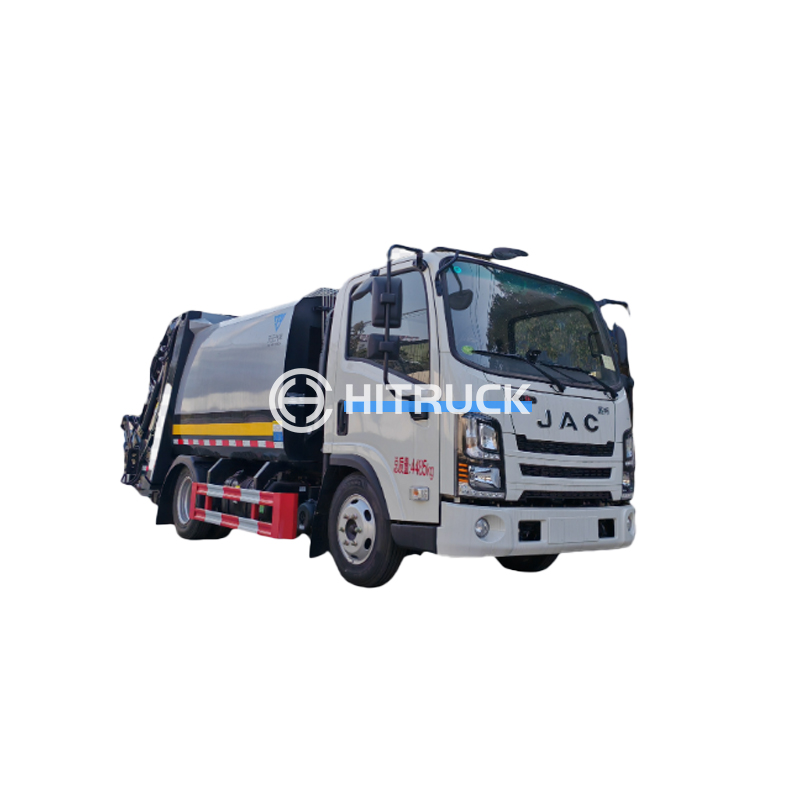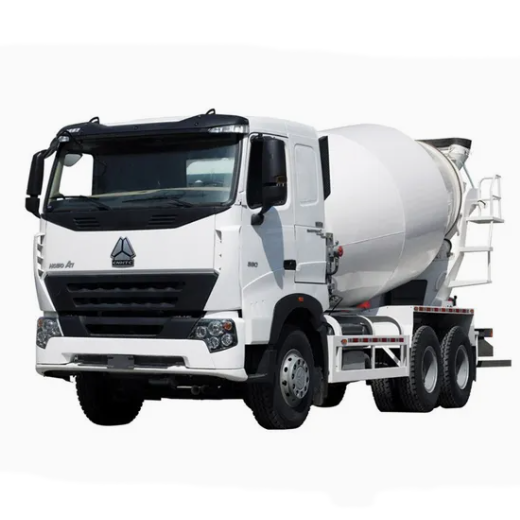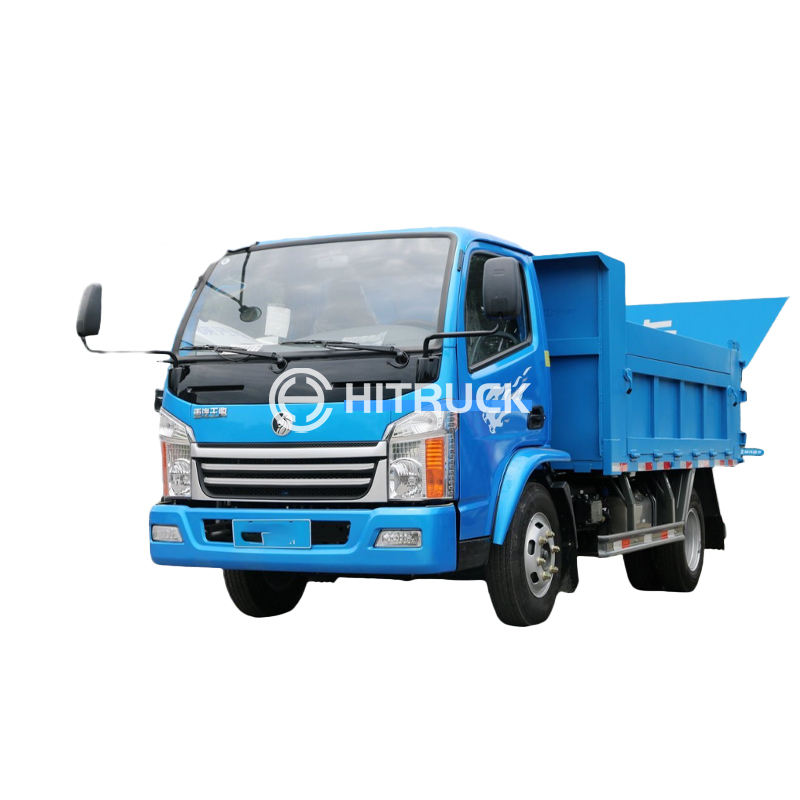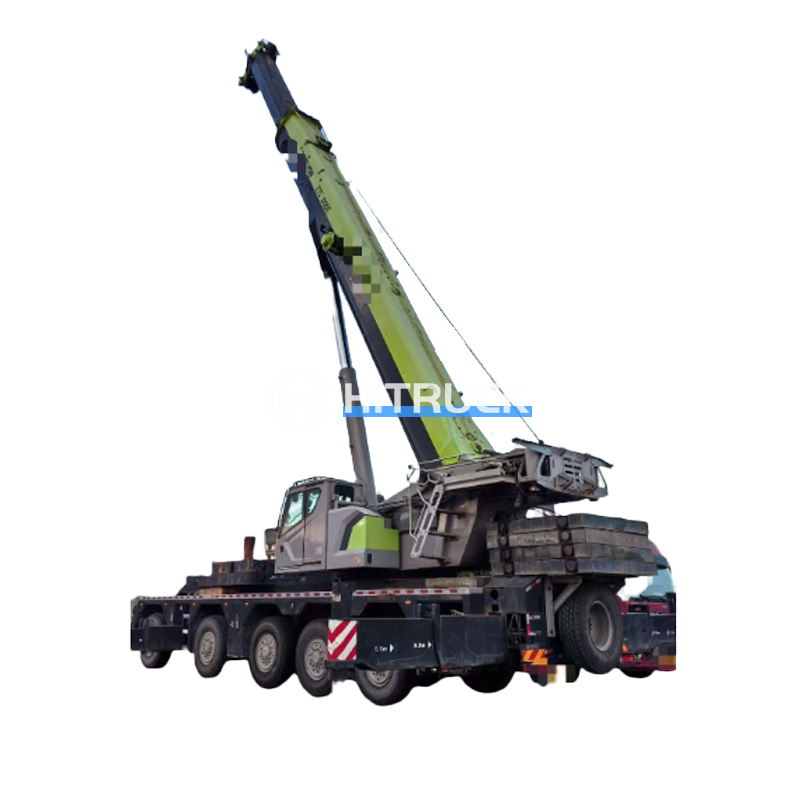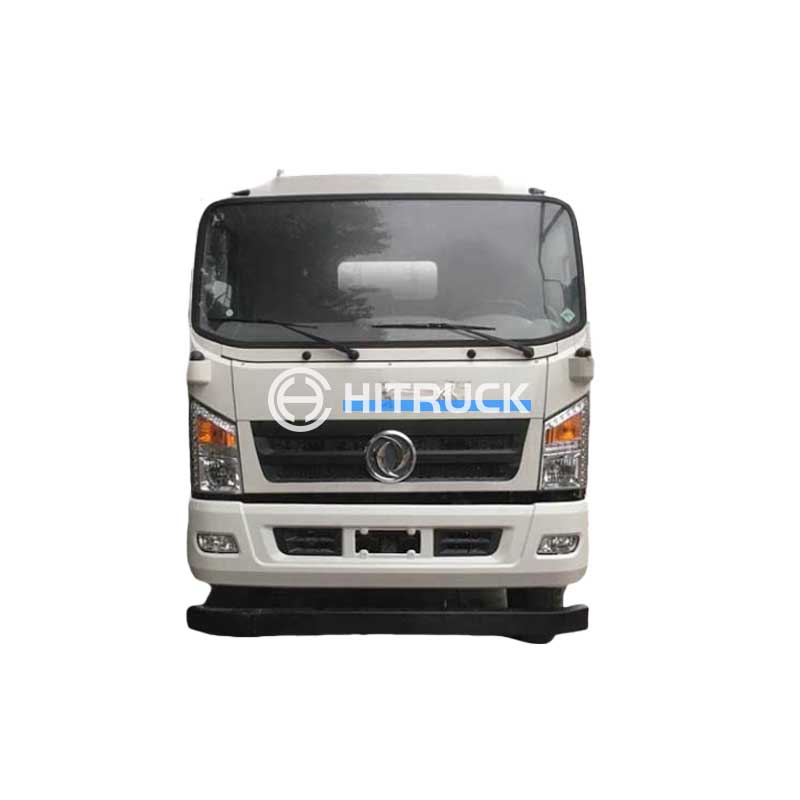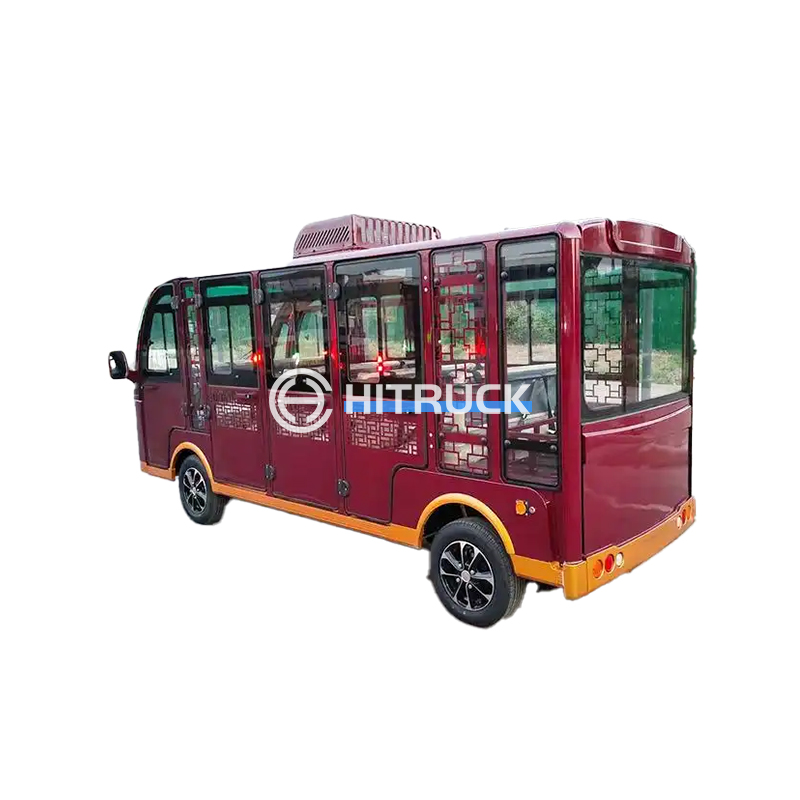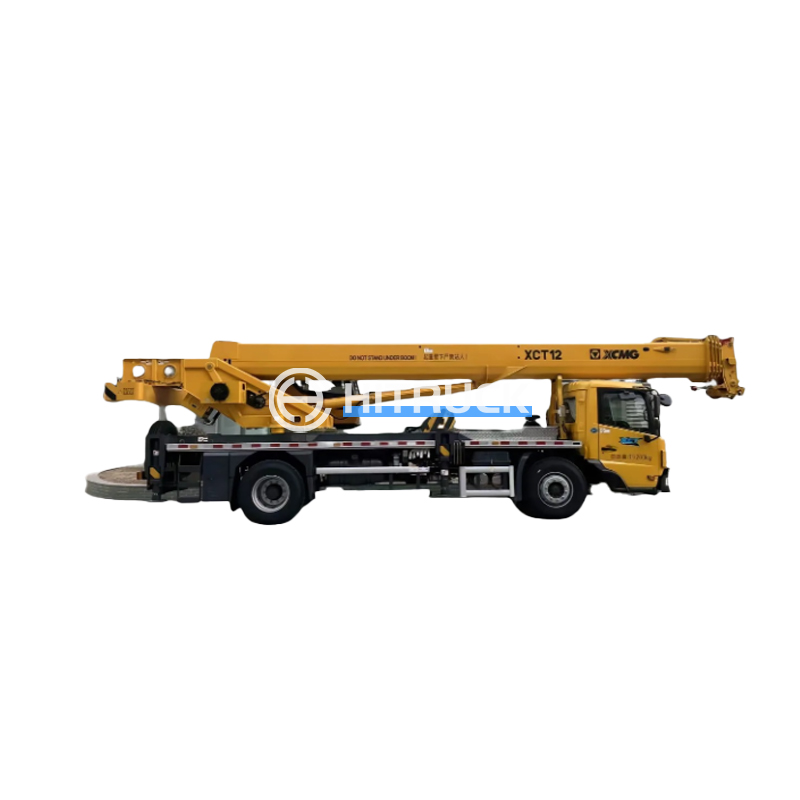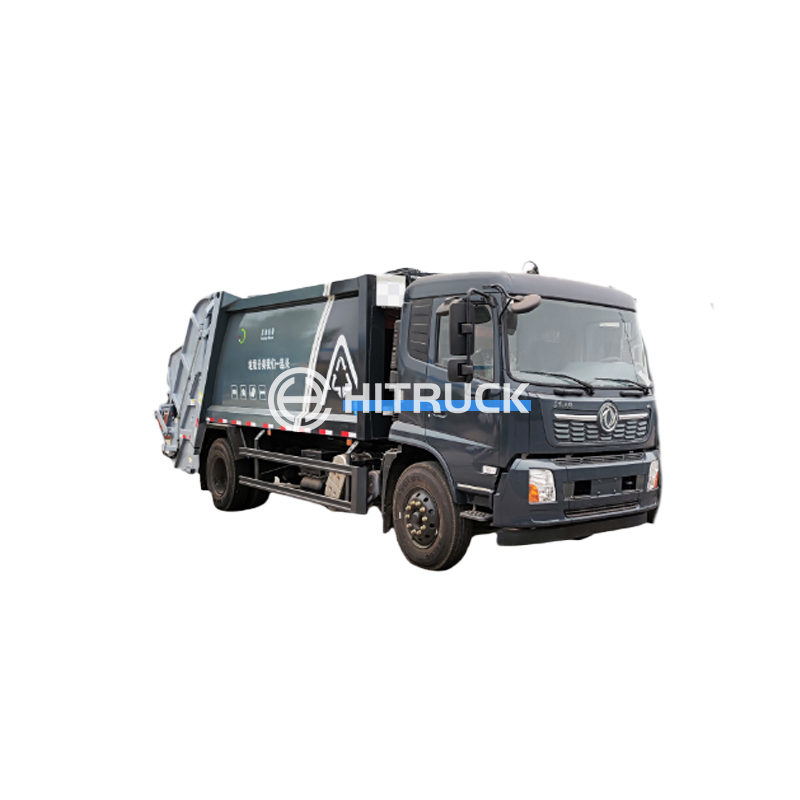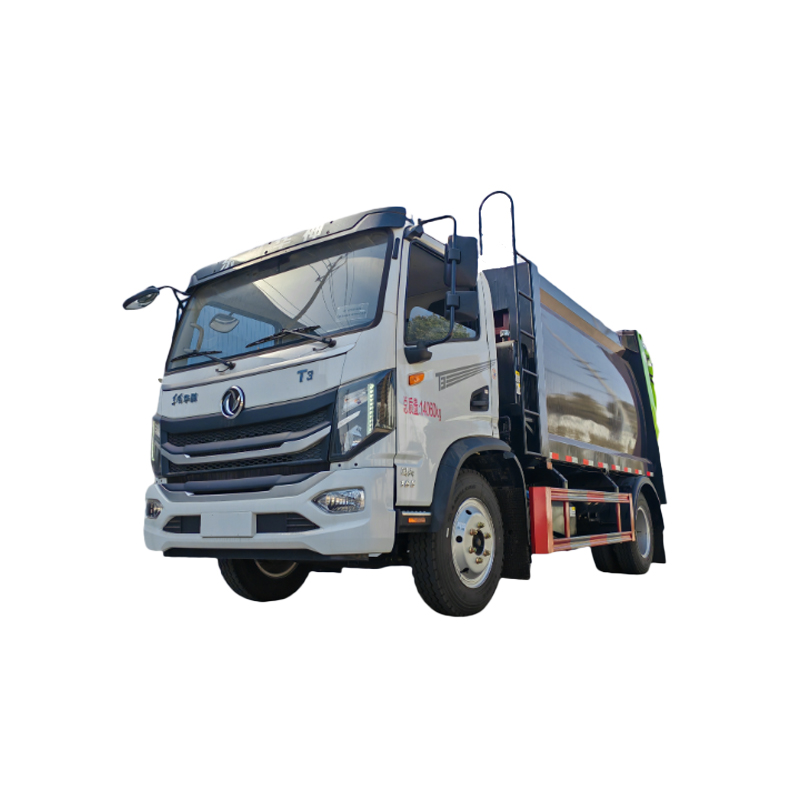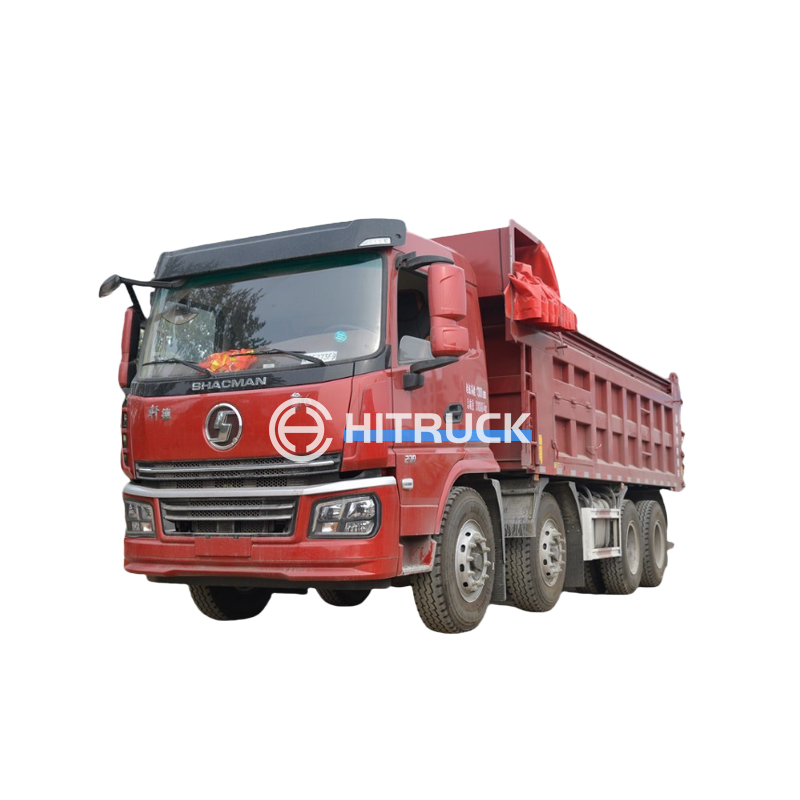This comprehensive guide explores the world of concrete mixer trucks, providing insights into their various types, functionalities, and key considerations for choosing the right one for your project needs. We'll cover everything from drum capacity and mixing mechanisms to power sources and maintenance requirements. Whether you're a seasoned construction professional or a homeowner tackling a large-scale project, this guide will equip you with the knowledge to make an informed decision.
The most common type, transit mixers, are characterized by their rotating drum that continuously mixes the concrete during transport. These concrete mixer trucks are efficient for longer hauls and ensuring consistent concrete quality. They come in various sizes, depending on the drum capacity, which is typically measured in cubic yards or cubic meters. Factors influencing drum capacity selection include project scale and frequency of concrete delivery. Larger projects often necessitate concrete mixer trucks with higher capacities.
These concrete mixer trucks combine mixing and loading capabilities, eliminating the need for a separate loading process. They're ideal for smaller projects or locations with limited access to loading equipment. This efficiency translates into time and cost savings. The self-loading mechanism typically involves a front-mounted scoop or conveyor belt system.
While not strictly a concrete mixer truck, mobile concrete batching plants deserve mention due to their significance in large-scale concrete production. These plants produce concrete on-site, offering greater flexibility and control over the concrete mix. The incorporation of such plants into a large-scale construction project can significantly speed up progress compared to relying solely on concrete mixer trucks delivering pre-mixed concrete.
Several crucial factors influence the selection of a concrete mixer truck. Careful consideration of these aspects ensures the right choice for your specific project requirements.
The drum capacity directly impacts the volume of concrete a concrete mixer truck can transport in a single load. Larger projects generally require higher-capacity trucks to minimize delivery trips. Accurate assessment of the project's concrete needs is vital in determining the appropriate drum size.
Different mixing mechanisms offer varying levels of efficiency and concrete quality. Understanding the differences between, for instance, a twin-shaft or a planetary mixer is crucial. Some mechanisms are better suited to specific concrete mixes. For example, some mixes are more prone to segregation and thus might need a more powerful mixer.
Concrete mixer trucks can utilize diesel or electric power sources. Diesel-powered trucks are more common due to their power and reliability. However, electric options are gaining traction due to growing environmental concerns. The choice depends on factors like project location, environmental regulations, and operational costs.
The ongoing maintenance and operational costs of a concrete mixer truck are significant considerations. Regular servicing and timely repairs are crucial to maintain efficiency and prevent downtime. Fuel consumption, maintenance schedules, and potential repair costs should all be factored into the overall budget. Choosing a reputable supplier, like Suizhou Haicang Automobile sales Co., LTD, can provide valuable support in this area.
Selecting the appropriate concrete mixer truck involves a careful evaluation of various factors, including project scale, concrete requirements, budget, and operational considerations. This guide provides a comprehensive overview of the available options and helps you make an informed decision, ensuring efficient and successful project completion.


